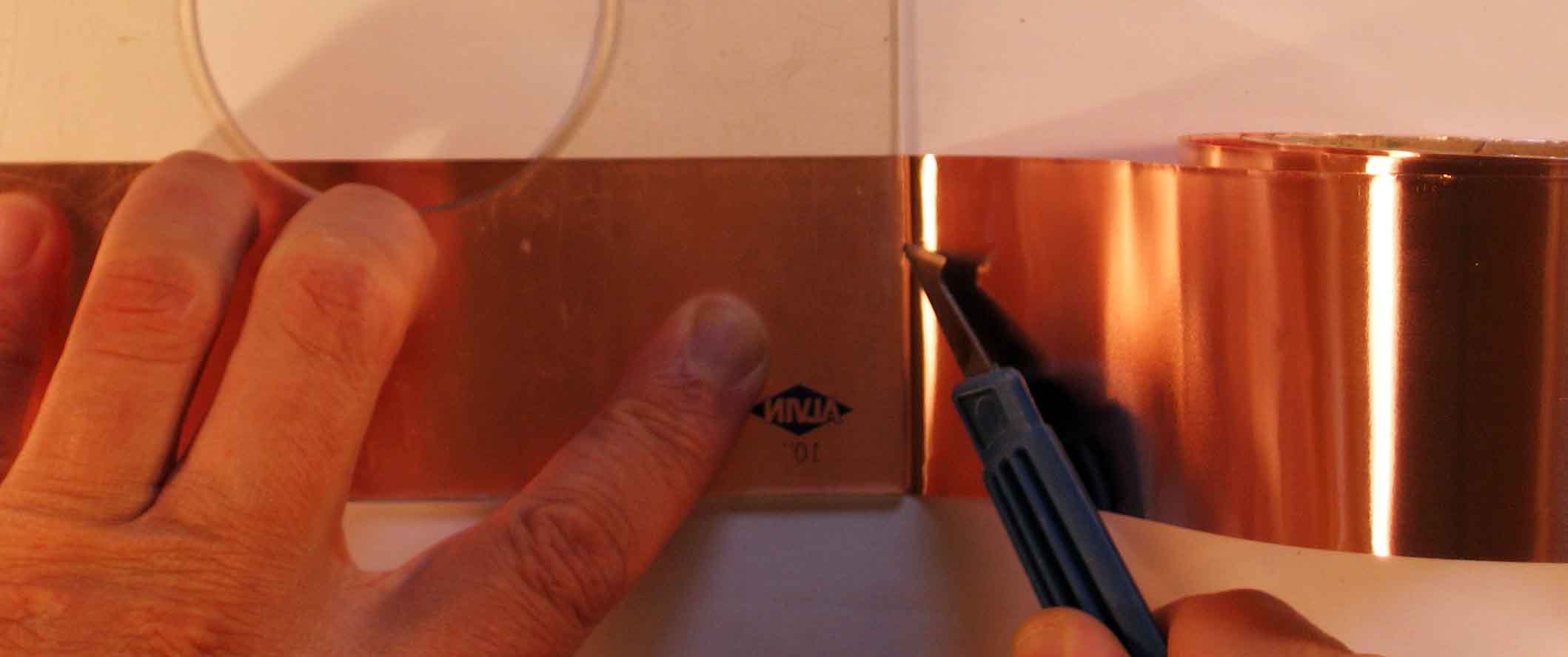

Currently there are no established standards for the surface oxide test, which would take time and money to properly develop. The use of good standards is enormously important for any test and perhaps more important given the characteristics of the surface oxide test. Until such time that quality standards are developed, copper foil is an inexpensive accessory that can be used with good results to compare test systems, test methods or perform calibrations and Gage R&R determination of confidence intervals. A small roll of copper foil can be purchased inexpensively. One source is McMaster Carr, where the least expensive roll is 2-mil thick by 2-inch wide by 50 feet. Rolled foil such as this has a relatively smooth surface with consistent oxide film thickness�.

The outer wraps of the foil roll will oxide more over time, but if the coil is kept tightly wrapped most of the inner wraps will remain consistent in oxidation. Therefore, prior to any testing about three complete wraps of foil should be removed and discarded. The length of coil to be submerged under the electrolyte is scribed on each foil sample. That length times the foil width times two is the geometric surface area under test. This surface area can be made larger than typical rod samples to match the typical test time periods of the more heavily oxidized rods. However, one should be careful to match the current density between rod and foil tests. If the use of the foil is often, it is helpful to obtain a holder that will conveniently submerge the foil so that the scribe mark mates with the electrolyte fluid surface.
Copper foil comparisons can be to:
|
Compare instruments | |
|
Compare the pre and post improvement states of an instrument | |
|
Determination or verification of instrument accuracy and repeatability (ie: through Gage R&R) | |
|
Double-checking test results that lead to crucial decisions. |
Note that "physical calibration" is different from "electrical calibration". Physical calibration involves setting up the analysis of the film thickness' based upon a known film thickness (or standard). Where electrical calibration of such a system would be setting the constant current output to a certain value.
![]()